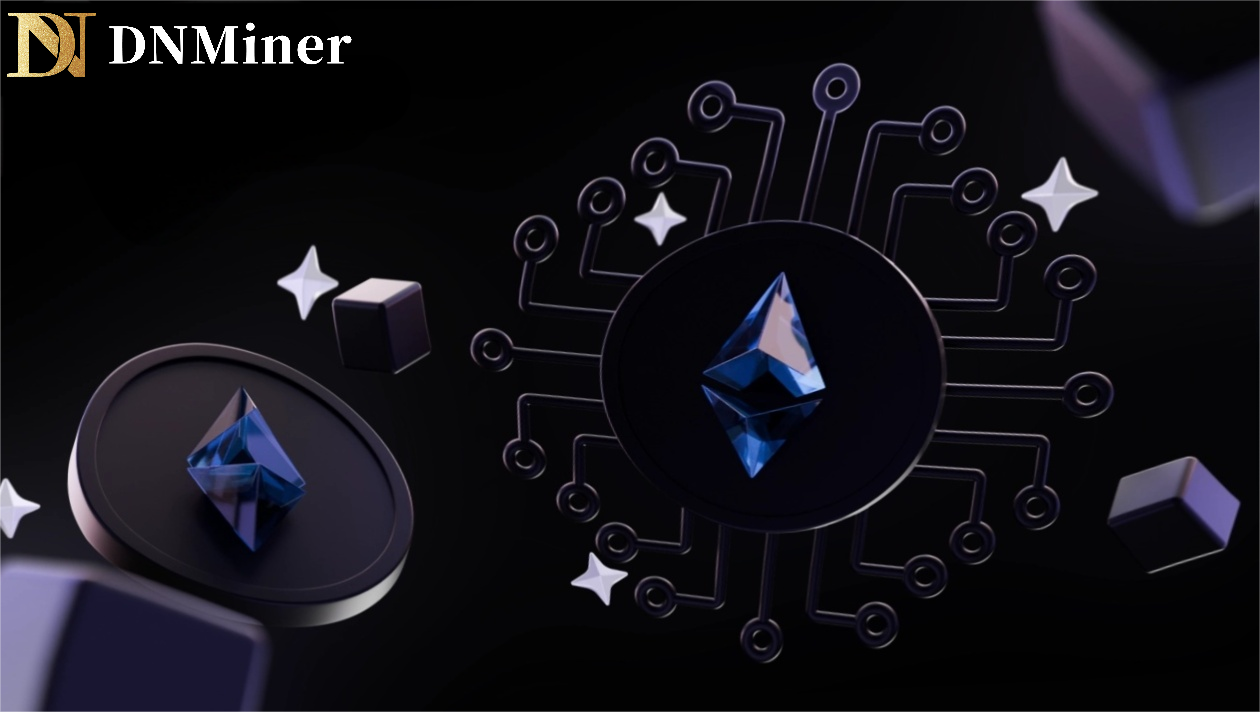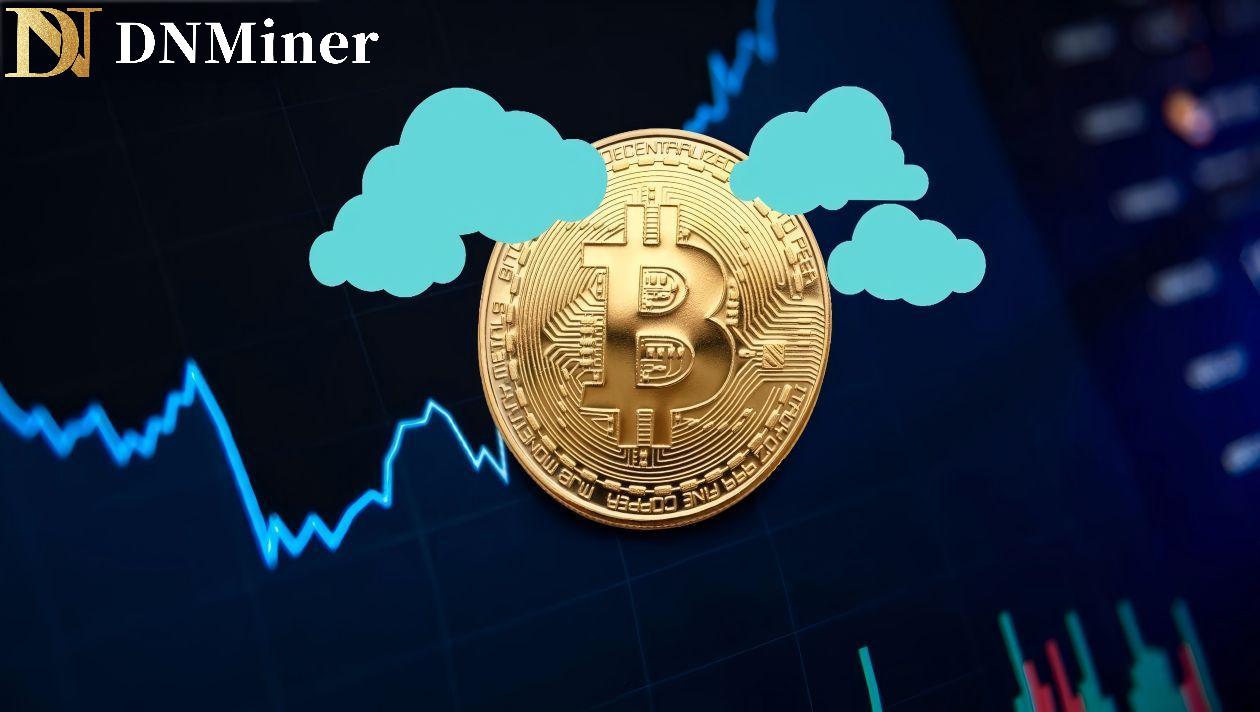Key Points
Cryptocurrency is a digital asset secured by cryptography. It runs on blockchain technology, which allows users to send and receive assets through a decentralized peer-to-peer (P2P) network.
BTC, ETH, BNB, USDT, and SOL are the current leading cryptocurrencies by market capitalization.
Cryptocurrency can be acquired in two ways: through a cryptocurrency wallet or an exchange. Although people often say that cryptocurrency is "stored" in a wallet, the balance is actually recorded on the blockchain.
What is cryptocurrency?
Cryptocurrency is a digital asset secured by cryptography that is often used as a medium of exchange. Cryptocurrency can be operated around the clock around the world without relying on intermediaries such as banks or payment processors.
Due to the decentralized nature of cryptocurrencies, users can conduct peer-to-peer (C2C) transactions directly with each other, without the need for physical wallets or bank accounts, but through cryptocurrency wallets or cryptocurrency exchanges such as Binance to conveniently manage and use these assets.
The First Cryptocurrency
Bitcoin is the first cryptocurrency to come into being and is currently the most popular cryptocurrency. It was launched in 2009 by an individual or team using the pseudonym Satoshi Nakamoto. Since then, thousands of cryptocurrencies have emerged around the world, each with unique features and uses.
Like traditional fiat currencies, cryptocurrencies can be used as a medium of exchange. However, over the years, the application areas of cryptocurrencies have continued to expand and currently include decentralized finance (DeFi), artificial intelligence, gaming, governance, healthcare, and digital collectibles.
How do cryptocurrencies work?
Blockchain Network
Most cryptocurrencies operate on the principle of decentralization, with a distributed network of computers (nodes) managing and recording transactions, which are stored in a public ledger (i.e., the blockchain).
So, every time you send Bitcoin to a friend, the network nodes need to work together to verify and confirm the transaction.
Each computer node maintains a local copy of the blockchain and updates its copy synchronously when new data is added to the ledger. Once a transaction is verified and confirmed, it is permanently recorded in the blockchain database.
This distributed architecture greatly improves the security of the network because criminals cannot exploit a single point of failure. If a node attempts to verify an invalid transaction or behaves abnormally, the node will be quickly expelled from the network.
Cryptography
Cryptocurrencies use cryptography to ensure transaction security, maintain data integrity, and control the creation of new units. When you make a cryptocurrency transaction through your wallet, you actually use your private key to generate a digital signature. The network then verifies your signature and, if it is correct, adds the transaction to a new block.
Blockchain can be understood as a chain of blocks connected to each other, so each block is like a page in the blockchain ledger, storing a unique set of cryptocurrency transaction records.


DNMiner provides you with cutting-edge cryptocurrency mining technology — no need for specialized knowledge or expensive equipment. Leveraging global leading GPU computing power and a clean energy data center network, we offer you an efficient, stable, and sustainable mining experience.
Useful Links
Contact
2nd Floor, Greenwood House, London Road, Bracknell, England, RG12 2AA
© 2020-2025, DN Miner.All Rights Reserved.


DNMiner provides you with cutting-edge cryptocurrency mining technology — no need for specialized knowledge or expensive equipment. Leveraging global leading GPU computing power and a clean energy data center network, we offer you an efficient, stable, and sustainable mining experience.
Useful Links
2nd Floor, Greenwood House, London Road, Bracknell, England, RG12 2AA
© 2020-2025, DN Miner.All Rights Reserved.


